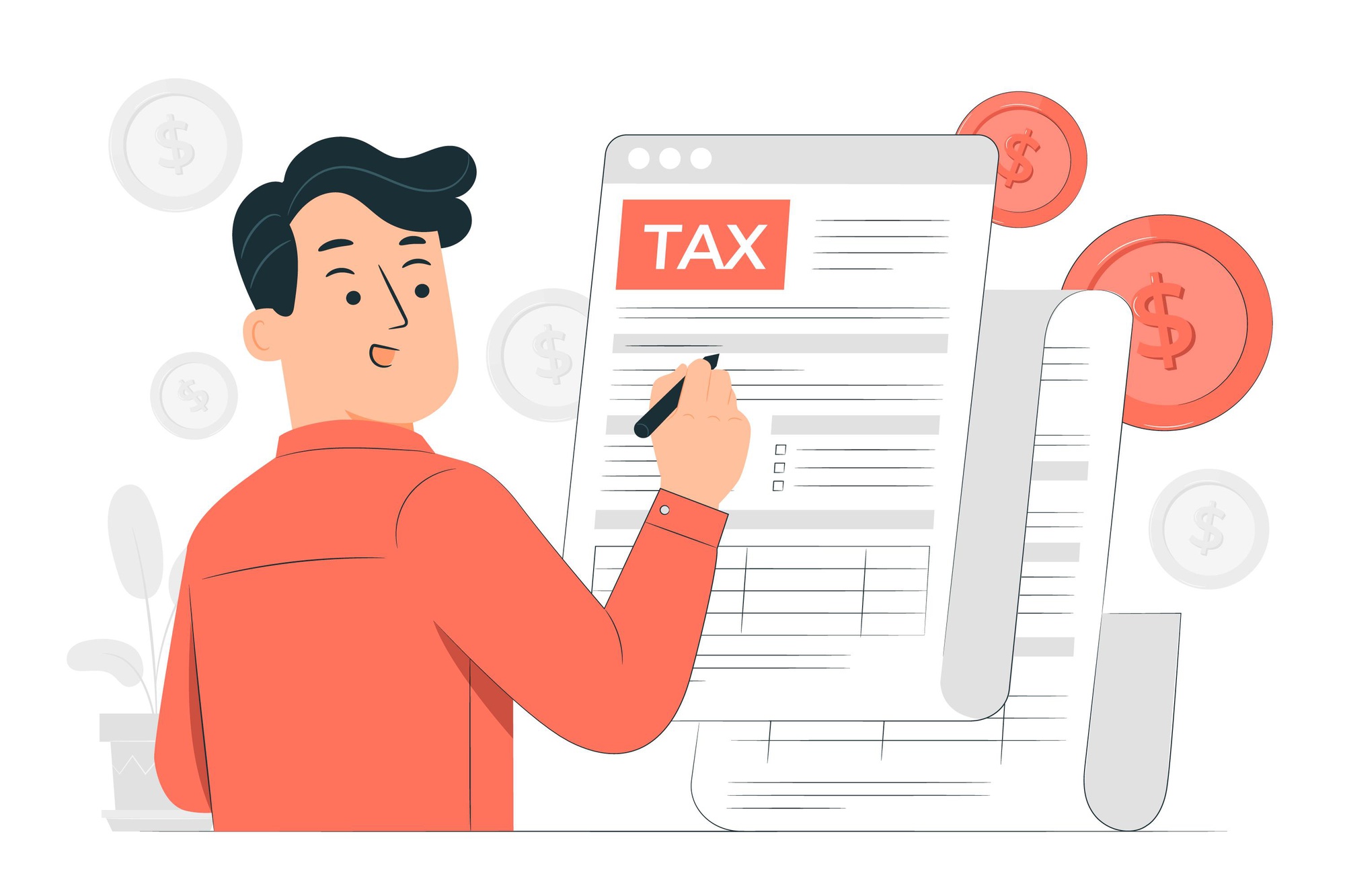[ad_1]

When determining if life insurance is a suitable investment, it’s important to understand the many kinds of plans available. There are several life insurance policies, but the most common are term and permanent. Term life insurance is intended to cover you for a limited time. You might buy a term life insurance policy for 20 or 30 years. These policies work the same way as other insurance plans, such as vehicle insurance, do: you pay a monthly payment, and if anything unfortunate happens, such as your untimely death, a reward is given.
You are insured for the rest of your life as long as you make your payments. Certain forms of permanent life insurance may also include an investing component, allowing policyholders to build up financial worth. When financial consultants and life insurance brokers promote life insurance as an investment, they refer to the cash value component of permanent term insurance and the many ways it might be invested.
Considering purchasing a term plan to save taxes?
Many taxpayers assume that buying a life insurance payout is one of the easiest ways to save money on taxes. This makes it an even more appealing option for last-minute tax savers who want to finish the operation before the March 31 deadline. However, buying term life insurance as a quick and easy way to avoid taxes may end up contradicting the purpose of this activity, which is to provide financial stability for your family.
Term insurance might help you save money on taxes.
Saving money is an important aspect of daily living. As a result, each person seeks techniques to reduce tax liability, particularly when it comes to tax savings. Term insurance may potentially give tax benefits. You may benefit from term insurance tax benefits in addition to insurance coverage. You should be aware of various aspects of term insurance that offer tax benefits.
The most basic life insurance policy, term insurance, provides a person with life insurance coverage for a specific period in return for the regular payment of a predetermined premium. In the event of death by the policyholder, the specified death benefit will be paid to the insurance beneficiary.
A term insurance policy is fairly affordable, and adding add-ons or riders to it may give you even greater advantages. Furthermore, you should know that pure-term insurance has no monetary value and gives no survival advantage. However, by participating in a reputable plan, you may gain several additional benefits, such as term life insurance tax advantages.
Term Insurance Tax Advantages
If you purchase a term plan, you may be eligible for not one but numerous term insurance tax breaks. These advantages enable you to save money on taxes while preserving your loved one’s financial future.
80C Section
taxpayers are entitled to the most basic term insurance tax benefits under Income Tax Act of 1961 section 80C. Indeed, many people believe that this part is the most important tax-saving method. Under this provision, insurance premiums paid for plans purchased are eligible for tax benefits of up to Rs. 1.5 lakh. Tax benefits on investments in the Public Provident Fund (PPF), tax-saving Fixed Deposits, and a range of other tax-saving products are also included in the maximum limit of tax deductions available under this provision.
80D Section
Section 80D principally allows for tax breaks on health insurance premiums. It does, however, provide term life insurance tax benefits, although in an indirect manner. You may take advantage of the term insurance tax benefit under 80D if you have selected health-related riders such as Disability Insurance coverage, Surgery Treatment cover, and similar covers. However, if you combine these riders with health insurance coverage, you may be able to maximize your tax savings with your term insurance premiums. If you pick Critical Illness Cover with your term insurance plans, you may be able to take advantage of term insurance tax advantages under 80D.
Section 10(10D)
Section 10(10D) exempts any cash received due to life insurance. This sum includes any money awarded as a bonus on such insurance. The following may be inferred by summing the provisions of section 10(10D):
1. Section 10(10D) exemption applies to any sum received under a life insurance policy. This amount includes death benefits, maturity benefits, and bonus earnings.
2. The exemption is available for all life insurance policy claims.
3. Section 10 exempts the complete cash value of a life insurance policy (10D). This implies that the amount of money that may be claimed under the life insurance policy is not limited.
4. There are certain exceptional instances where the section 10 exemption is unavailable (10D).
Tax Advantages for Term Insurance Riders
Insurance firms utilize a variety of term insurance riders to provide additional coverage. Their benefits, however, do not end at improving the primary aspects of a term insurance policy. Additional term insurance tax benefits may be available based on the rider you acquire with a term plan and the circumstances surrounding it.
Term plan riders may help you earn extra term life insurance tax advantages in the following ways:
1. Your term insurance policy can be tax deductible if you add a Critical Illness rider.
2. Riders such as Return of Premium increase the premium on a term plan, allowing you to save even more money under Section 80C. You may use an online calculator to examine how the premium changes as the number of riders increases.
[ad_2]

vgrszd
xsg
eddeh
thedrh
aewrfaw
sdgbsrs
dxfv fdgvb